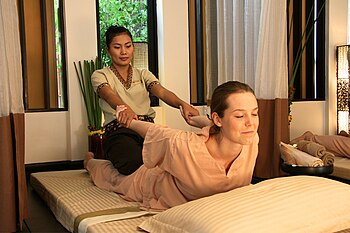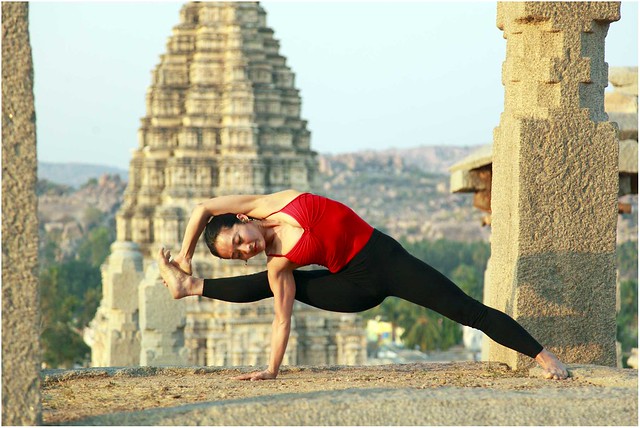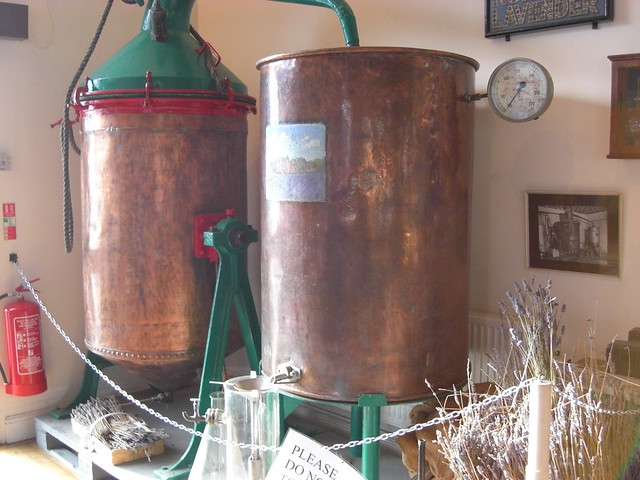 |
| Back Tattoo Cherry Blossoms - Photo by mytat_2s (cc) |
Since tattoos are very personal things, they can say a lot about a person so getting the right tattoo for the right reason is important. Since cherry blossoms mean different things in Chinese and Japanese society you should be aware that peoples of those backgrounds might react quite differently when they see it.
Cherry Blossoms In China
The Chinese see the cherry blossom as a symbol of power, particularly of the dominance of the feminine persona. This could mean a blossom tattoo is ideal for you if you are a strong-willed woman who values her liberty and freedom or if you have recently come out of a difficult relationship.
It also stands for love if you are coming from the herbal lore approach.
Cherry Blossoms In Japan
In Japanese culture, there is often a link between the blossoming of cherry trees and the Buddhist concept of "mono no aware" which refers to the reverence for life, the transience of being and the sadness at the passing of things. This is because cherry blossoms only appear on trees for short times before they fall to the ground.
This association with mortality is highly symbolic in Japan and has been used in traditional art there for many centuries along with more recent manga or anime. This link may, however, make a tattoo of cherry blossoms unsuitable for some. Alternatively, it may give you a renewed appreciation for the fragility of life and help you make the most of your brief time on this Earth while bringing you a different perspective on the hard times you may face; knowing that they will not last forever.
Getting A True Reflection Of Cherry Blossom In Your Tattoo
While it is true that there are many different varieties of cherry blossom , many people do not appreciate just how different looking they can be. In fact, the most common cherry tree in Japan is Somei Yoshino which has largely white blossom with only the faintest hint of pink on the petals.
, many people do not appreciate just how different looking they can be. In fact, the most common cherry tree in Japan is Somei Yoshino which has largely white blossom with only the faintest hint of pink on the petals.
Other popular choices do have very much more pink in their blossom and it is these that you will more commonly see as tattoos. But still, this is something you will have to think about when getting your tattoo. You should do some research, find pictures of tattoos other people have had and decide which you prefer. It might depend on your skin tone; those with pale skin will definitely want a more pink design whereas tanned or olive skinned people should think about paler pink or white flowers in their designs.
You should also think about how much of the branch to integrate into the overall tattoo design. Realism would dictate that you have a fair bit of branch with flowers clumped together along it but it will probably come down to both personal taste and where you intend the tattoo to be.
Getting Your Tattoo Done
If you have decided upon a tattoo incorporating cherry blossoms you should be very selective over whom you get to apply the design to your skin. Japanese art is very intricate as is the cherry tree itself so you need somebody who has experience in this type of tattoo. Make sure you talk over with them exactly what you want and don't be afraid to ask for amendments to their initial drawings so that the finished article is something you are happy to live with for the rest of your life.
So there you have it, I hope this overview of the meaning and symbolism of the cherry tree blossom has been useful in making up your mind about that tattoo you've been after.
Article Directory: EzineArticles |











